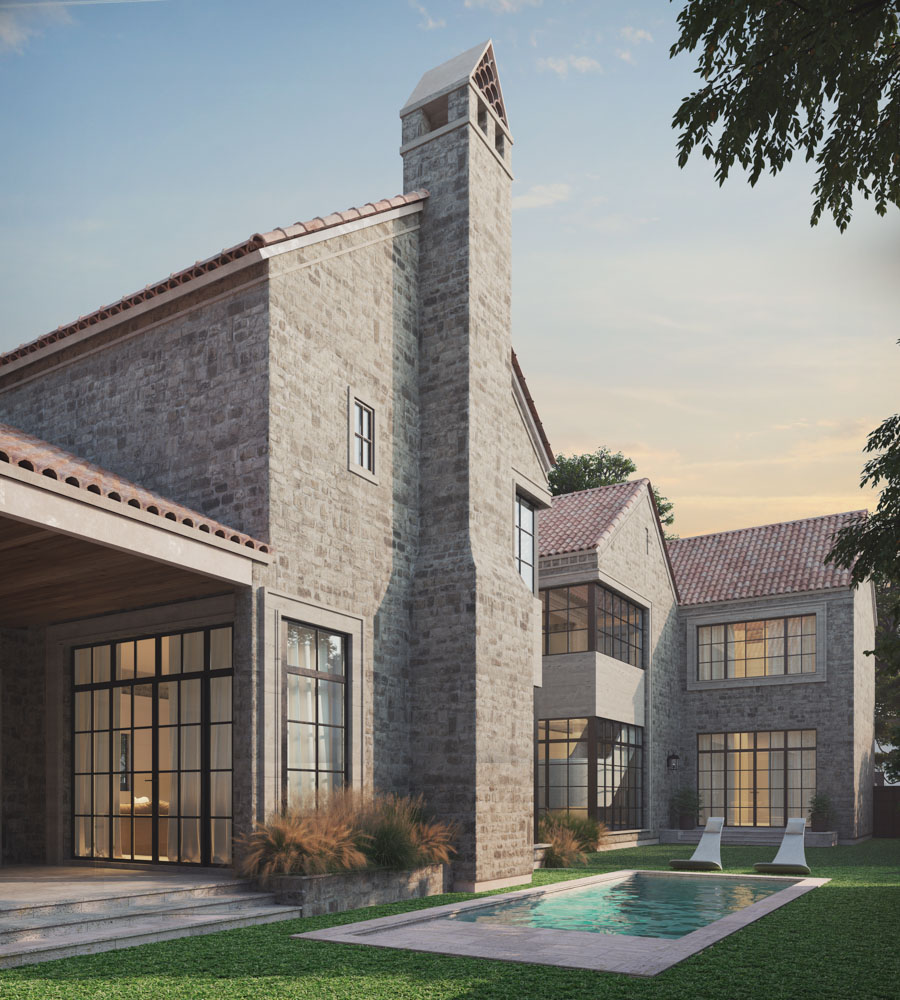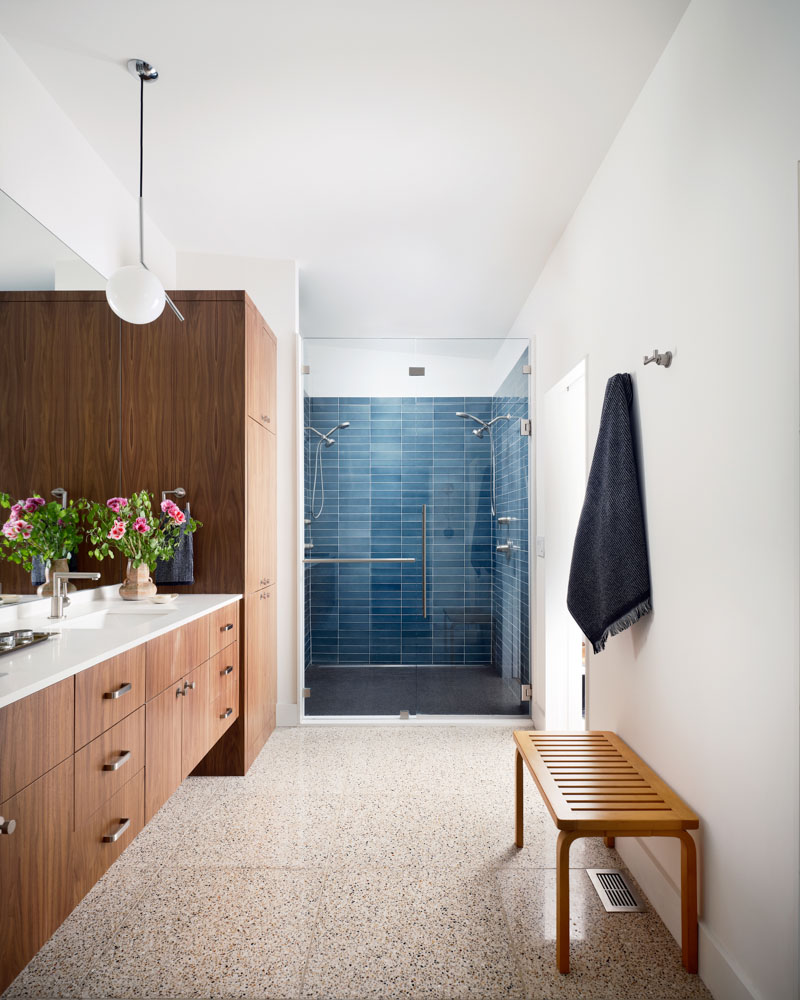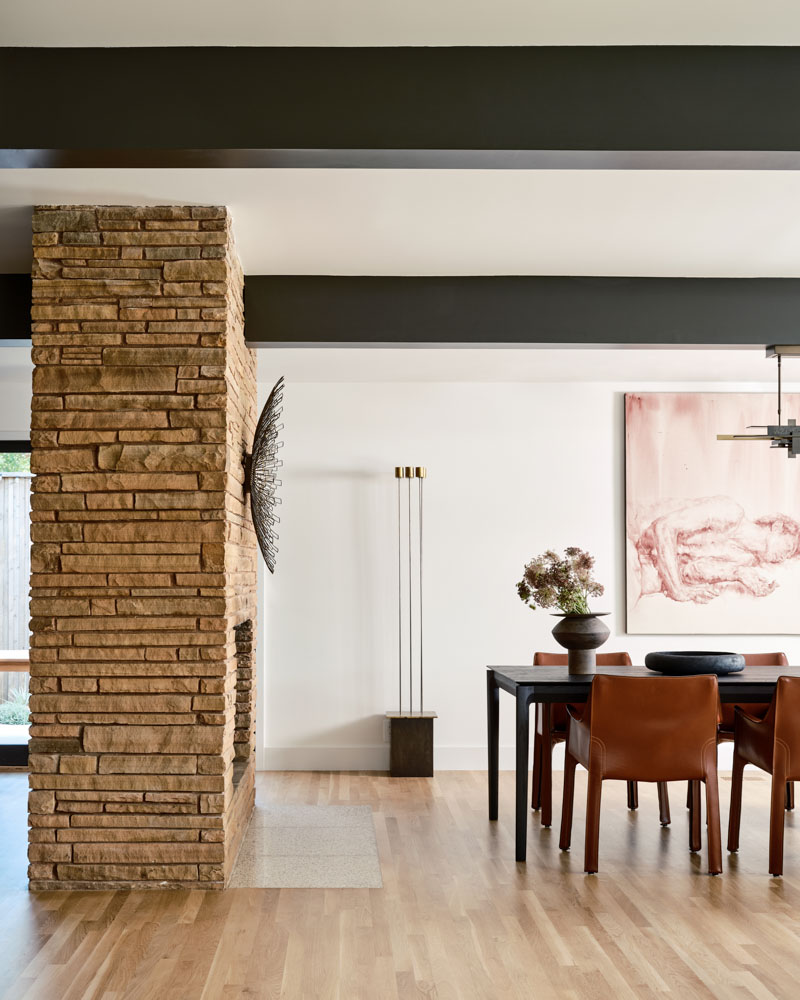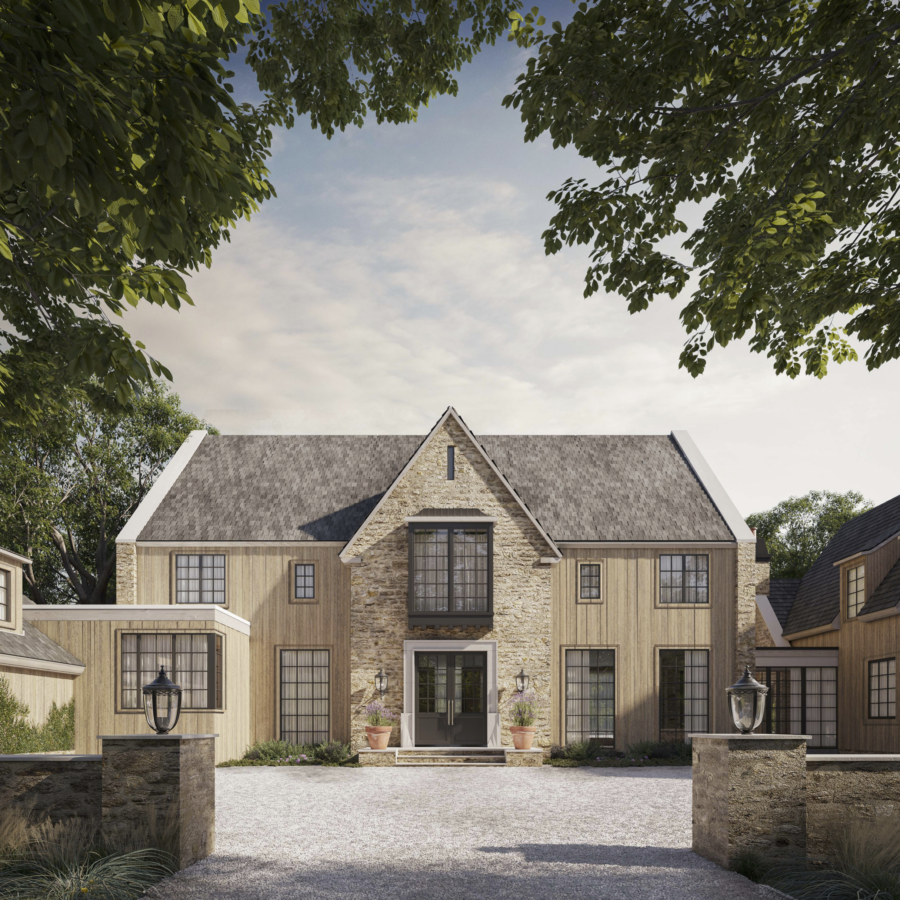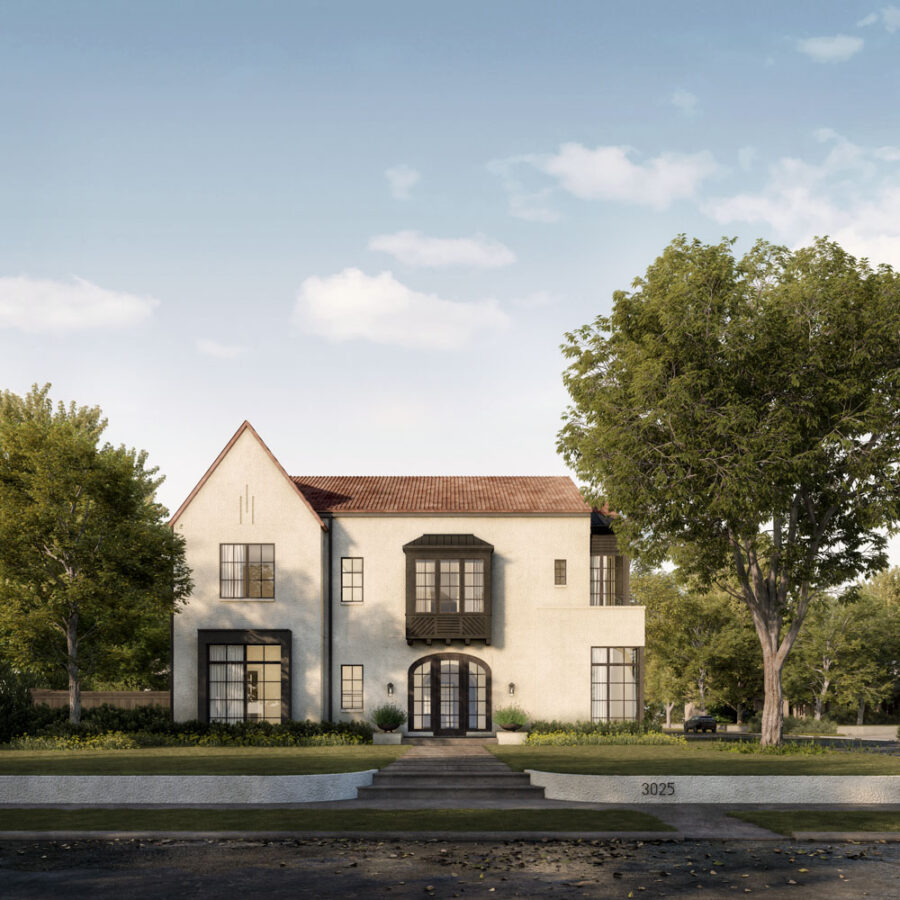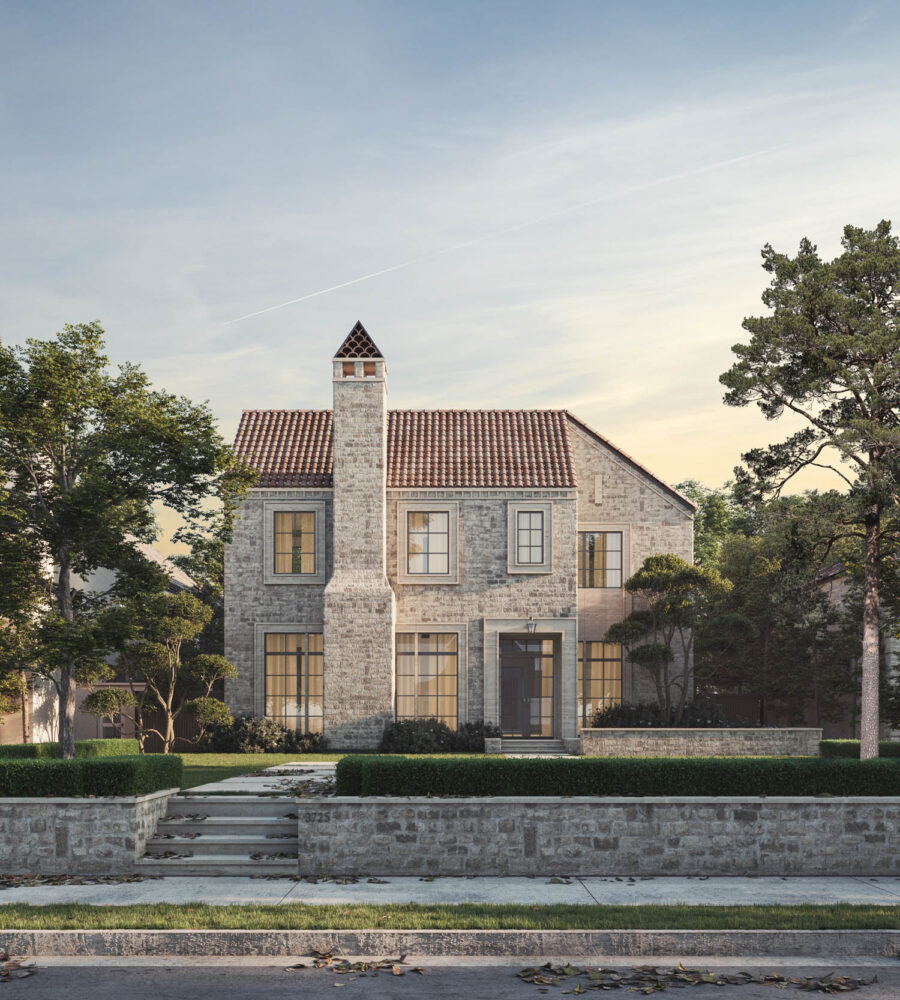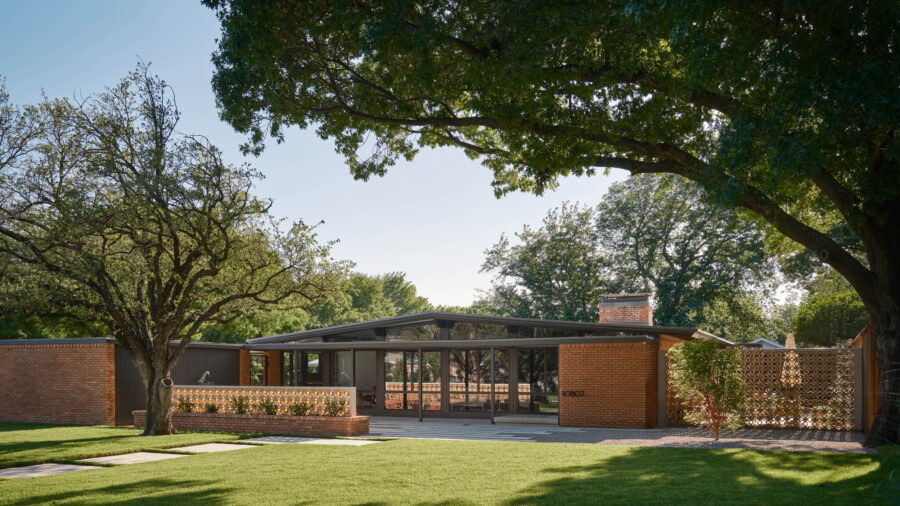Architect Lakewood Texas
Your Local Lakewood Architects
Architect Lakewood Texas
About Manolo Design Studio
We believe that designing and building a custom luxury home is an art that thrives on collaboration. Founded by Manolo, AIA, our studio brings together the best of architecture, design, and construction to create spaces that are not only beautiful but also functional and enduring.
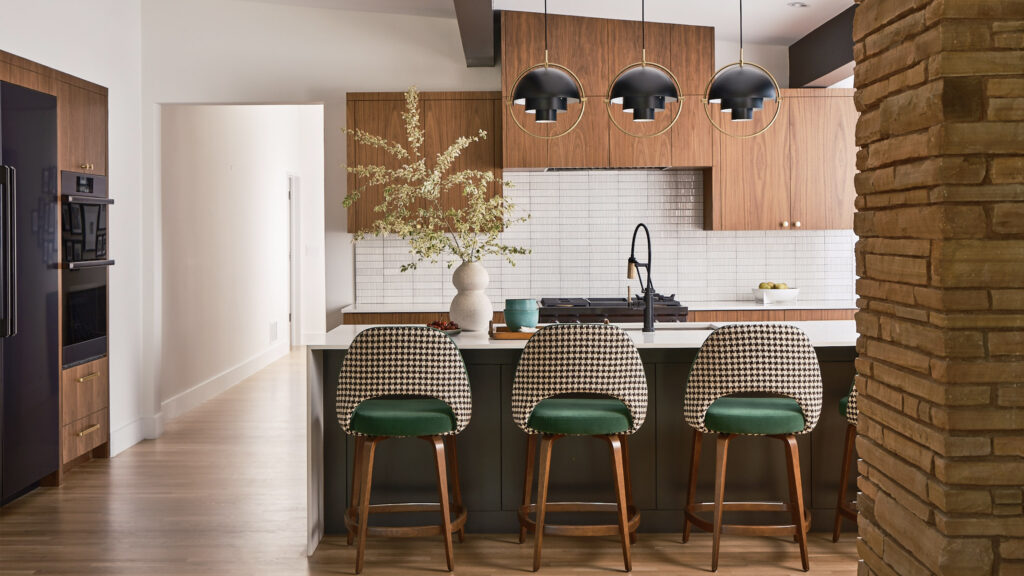
Manolo, a registered architect with a Master’s degree in Architecture and Business Administration, founded the studio after more than a decade of experience in high-end residential design and general contracting. From the Park Cities to greater Dallas, he has honed his skills in delivering exceptional homes tailored to the unique needs of each client.
Every project begins with a deep understanding of your vision. As founder and principal, Manolo is personally involved from the first sketch to the final build, ensuring that every detail is thoughtfully crafted. He believes that design is a seamless blend of intention and action, and it is this philosophy that guides the studio’s approach.
What sets Manolo Design Studio apart is our ability to navigate the challenges that inevitably arise in the complex process of building a custom home. With over 10 years of experience as a general contractor, Manolo is uniquely positioned to address problems before they become setbacks. His expertise in both design and construction allows us to offer practical, creative solutions that keep projects on track, on time, and within budget.
But it’s not just about technical expertise. We take pride in creating a collaborative environment where clients feel heard, understood, and supported throughout the process. We’re not just building homes; we’re building lasting relationships. From the initial consultation to the final walk-through, we’re there to guide our clients every step of the way, ensuring the process is as enjoyable and rewarding as the finished product.
Our design philosophy is grounded in five core principles: Context, Standards, Balance, Discipline, and Mastery. These principles shape every aspect of our work, ensuring that each home we design is a reflection of its surroundings, an example of functional beauty, and a true expression of our clients’ aspirations.
We understand that building your dream home is a personal journey, and we’re here to make that journey as smooth and successful as possible. With a focus on exceptional design, quality construction, and an unwavering commitment to client satisfaction, we create spaces that you’ll love for years to come.
Let’s design the home you’ve always envisioned.
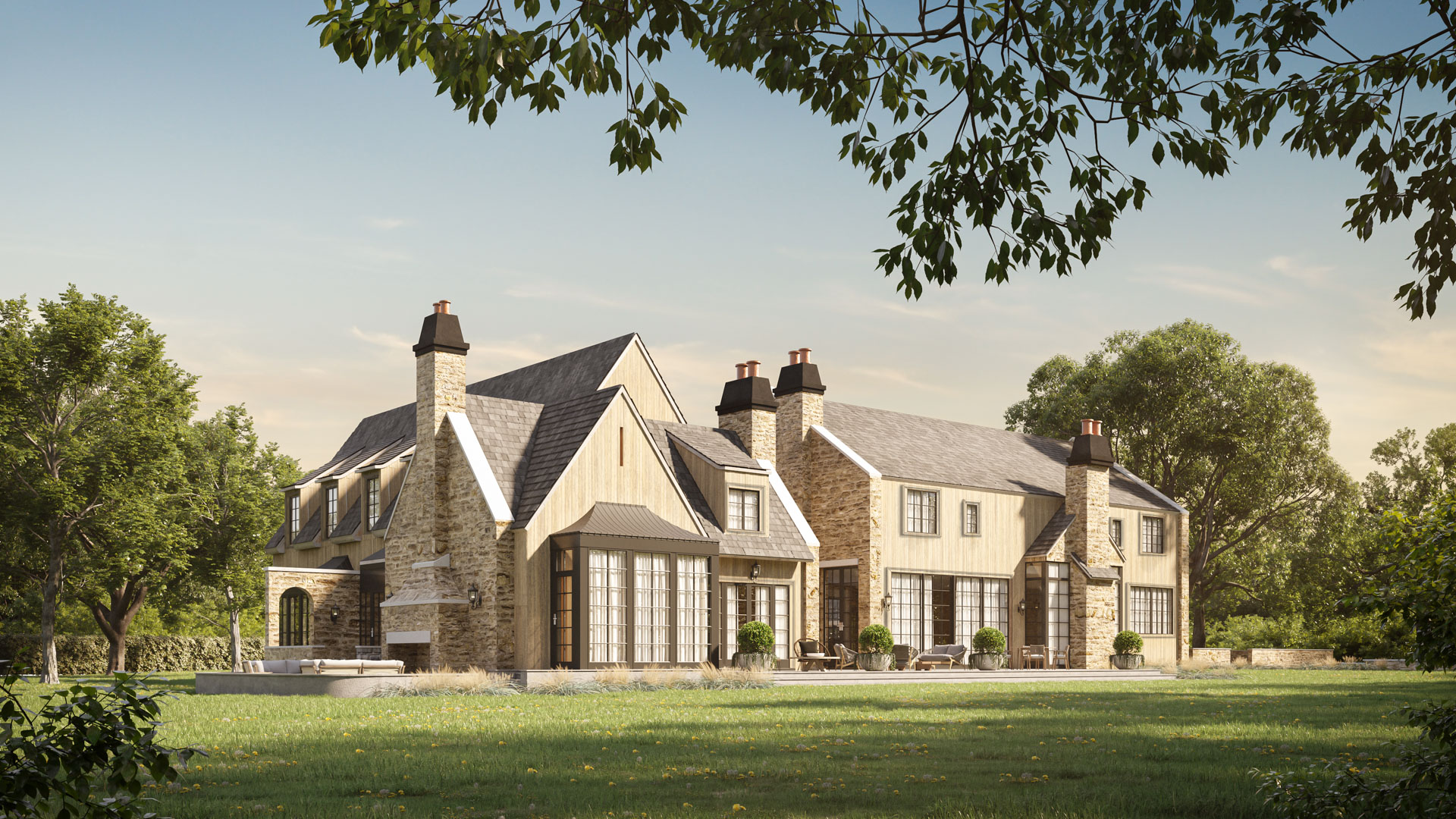
We have multiple projects in progress and completed in or nearby Lakewood.
Architect Lakewood Texas
Contact Manolo Design Studio
If you’re ready to bring your vision to life, we’d love to hear from you.
Whether you’re in the early stages of planning or ready to start designing your custom home, Manolo Design Studio is here to guide you through every step of the process.
Reach out today to schedule a consultation, and let’s explore how we can create a space that is as unique and inspiring as you are. Your dream home starts with a conversation—let’s begin.
Architect Lakewood Texas
A Place Where Historic Homes and Modern Design Evolve Together
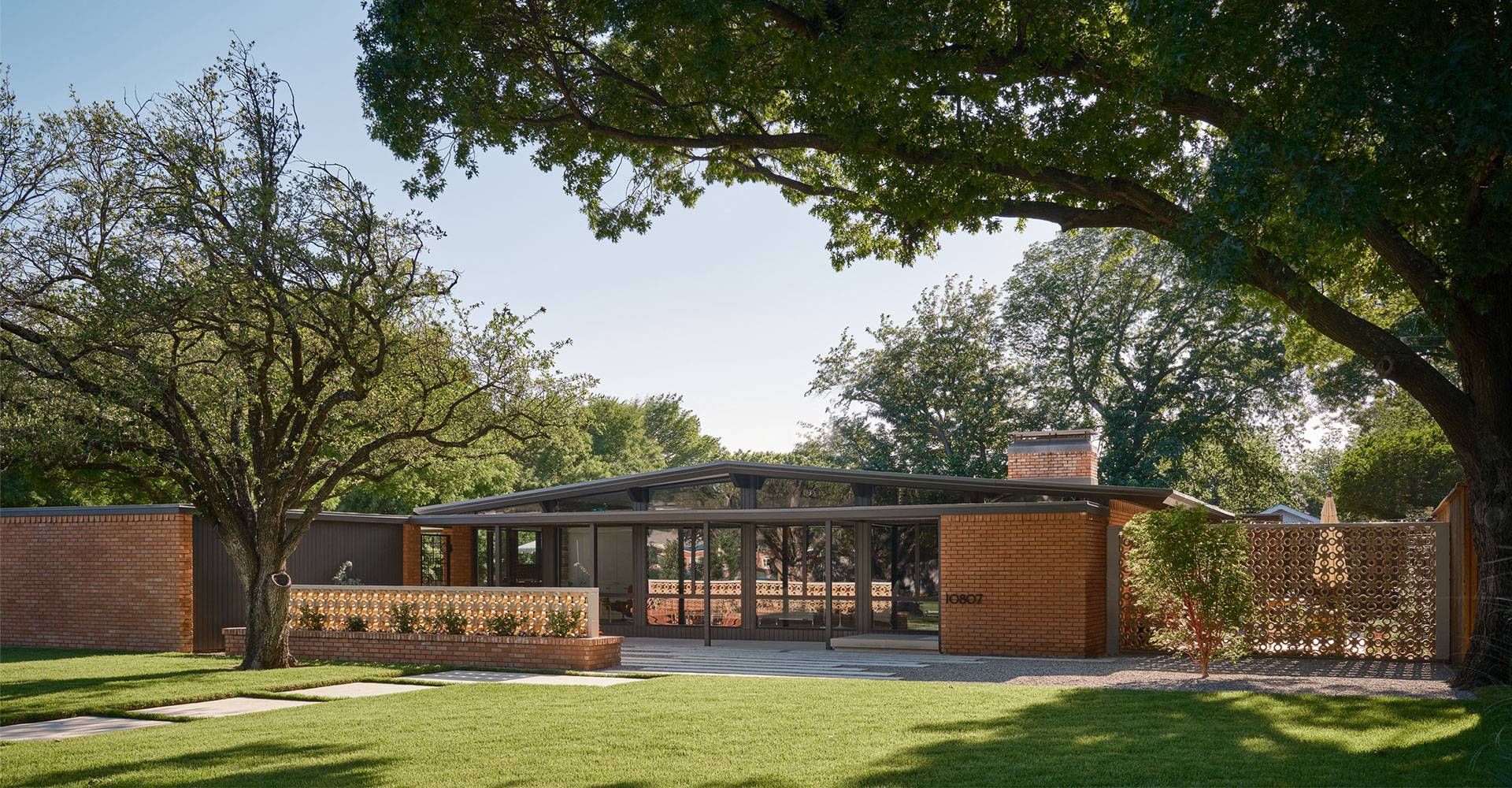
Some neighborhoods cling to history, resisting change at every turn, their architectural character frozen in time. Others embrace modernity so aggressively that they erase their past, replacing craftsmanship with convenience, permanence with trend. Lakewood, Texas, is neither.
Instead, Lakewood is a neighborhood that understands something essential: architecture is not static, but alive. It breathes, adapts, and evolves while maintaining a connection to its past. The historic homes that define Lakewood’s identity coexist with modern additions, contemporary renovations, and new builds that respect the rhythm of the neighborhood.
Here, the conversation between old and new is not an argument—it is a dialogue. Lakewood proves that modern design does not have to erase history and that historic homes can embrace the future without losing their soul. This is what makes it one of the most architecturally compelling neighborhoods in Dallas.
A Neighborhood Rooted in History
Before Lakewood became one of Dallas’s most sought-after residential areas, it was a natural retreat, with rolling hills, old-growth trees, and sweeping views of White Rock Lake. The area’s early 20th-century development brought with it an architectural identity that remains its foundation today.
1. The Defining Architectural Styles of Lakewood
Unlike some of Dallas’s more formal, planned neighborhoods, Lakewood’s architecture is varied but cohesive. The homes here reflect a blend of influences, each contributing to the area’s unique aesthetic:
- Tudor Revival, with its steep gabled roofs, decorative half-timbering, and arched doorways, defines much of Lakewood’s early development.
- Spanish and Mediterranean Revival homes, with stucco exteriors, red clay tile roofs, and wrought-iron details, bring warmth and texture to the neighborhood.
- Mid-century modern homes, introduced in the 1950s and ’60s, added an emphasis on simplicity, open floor plans, and integration with nature.
Each of these styles speaks to a different era in Lakewood’s development, yet none feel out of place. They share a common respect for craftsmanship, proportion, and connection to the landscape.
How Modern Design Finds Its Place in Lakewood
In many historic neighborhoods, modern architecture feels intrusive, an interruption rather than an evolution. But in Lakewood, modern design has been thoughtfully integrated into the community in a way that respects the past while embracing the future.
1. Renovations That Honor Original Character
Rather than tearing down historic homes, many Lakewood homeowners choose to renovate with sensitivity. These renovations respect the original structure while adapting the home for modern living.
- Preserving facades while expanding interiors—many Lakewood homes maintain their historic front elevations while incorporating rear or second-story additions that blend seamlessly.
- Updating materials without losing authenticity—original hardwood floors, fireplaces, and built-in cabinetry are restored rather than replaced.
- Improving energy efficiency while maintaining character—new windows, better insulation, and modern HVAC systems allow these homes to meet today’s standards without sacrificing their historic charm.
2. New Construction That Respects the Neighborhood’s DNA
Unlike in some Dallas neighborhoods, where teardowns lead to oversized, out-of-place modern homes, new construction in Lakewood tends to respect scale, proportion, and material integrity.
The most successful new homes in the neighborhood:
- Use warm, natural materials like wood, stone, and brick rather than stark glass and steel.
- Follow traditional rooflines and setbacks, ensuring that modern designs feel contextual rather than disruptive.
- Prioritize indoor-outdoor living, echoing Lakewood’s historic relationship with nature.
Rather than overwhelming their surroundings, these homes feel like a continuation of the neighborhood’s architectural narrative.
The Role of Nature in Lakewood’s Architectural Identity
One of the most defining characteristics of Lakewood is its connection to the landscape. Unlike more manicured luxury neighborhoods, where the built environment dominates, Lakewood has always embraced nature as an integral part of its design ethos.
1. A Neighborhood That Feels Organic
Lakewood’s tree-lined streets and rolling terrain create a setting where homes do not feel like rigid impositions on the land. Instead, they follow the natural contours of the area.
- Many homes are set back from the street, allowing mature trees and native landscaping to take precedence.
- Outdoor spaces—porches, patios, and terraces—are essential components of the home, blurring the line between indoor and outdoor living.
- Views of White Rock Lake shape the placement and orientation of many homes, prioritizing light and openness.
This connection to nature is what gives Lakewood its unmistakable sense of place—a feeling that cannot be replicated in neighborhoods where land has been flattened and subdivided without thought.
2. Landscape as a Bridge Between Old and New
As modern architecture has entered Lakewood, one of the ways it has been successfully integrated is through landscape design.
- Lush gardens and courtyards soften contemporary homes, ensuring they blend with their surroundings.
- Native Texas plants and wild grasses create a sense of continuity between historic and modern properties.
- Low, natural fencing replaces harsh barriers, keeping the neighborhood’s open, inviting feel intact.
This approach ensures that, even as architectural styles evolve, Lakewood retains its natural, organic beauty.
Why Lakewood’s Architectural Evolution Works
Many historic neighborhoods struggle with the tension between preservation and progress. In some, rigid historic districts prevent any architectural evolution, leading to stagnation. In others, development runs unchecked, erasing a neighborhood’s character entirely.
Lakewood succeeds because it has struck a balance.
1. A Community That Values Architecture
Lakewood is home to residents who care deeply about architectural integrity. While the neighborhood has no formal historic district designation, there is an unspoken agreement that homes should be built and renovated with care.
- Homeowners invest in restoration rather than demolition.
- Architects design with context in mind, rather than imposing disconnected modernist statements.
- Developers recognize that homes should enhance, not disrupt, the neighborhood.
This is what allows Lakewood to change without losing its essence.
2. A Model for Thoughtful Growth
As Dallas continues to grow and modernize, Lakewood serves as a model for how neighborhoods can embrace new architecture without sacrificing their identity.
- It shows that modern homes do not have to be sterile or alienating.
- It proves that historic homes can be adapted without losing their soul.
- It demonstrates that a neighborhood’s character is not about freezing time, but about evolving with care.
This is why Lakewood remains one of the most desirable and architecturally rich neighborhoods in Dallas.
A Neighborhood That Understands Its Past and Future
Lakewood is not defined by a single style, era, or philosophy. It is defined by its ability to evolve while maintaining a sense of continuity.
- It honors its past while embracing the future.
- It integrates modern design without erasing its history.
- It respects nature as an essential part of the built environment.
This is what makes Lakewood more than just a collection of homes. It is a place where architecture is a living dialogue, where historic and modern design are not opposites but partners, shaping a neighborhood that feels both rooted and forward-thinking.
Because great architecture is never just about what has been. It is about what comes next.
Architect Lakewood Texas
The Architectural Character That Gives a Neighborhood Its Soul
Some neighborhoods are defined by their location, others by their prestige, but the ones that truly endure—those that remain desirable across generations—are defined by something deeper. Their architectural character.
Architecture is more than buildings. It shapes how we move through a space, how we interact with our surroundings, and even how we feel about where we live. When done well, architecture gives a neighborhood a sense of place, a rhythm, and, ultimately, a soul.
In Lakewood, Texas, this soul is unmistakable.
Unlike the rigid formalism of Highland Park or the sprawling estates of Preston Hollow, Lakewood’s architecture feels organic, layered, and deeply tied to the land. It is a neighborhood where history and modernity coexist, where homes embrace the natural landscape, and where design choices are made with purpose rather than pretense.
This is what sets Lakewood apart—not just as a desirable neighborhood, but as a place with architectural integrity, a strong sense of identity, and a soul that is reflected in every home, street, and tree-lined avenue.
A Neighborhood Shaped by History
To understand why Lakewood has such a distinct architectural presence, you have to look at its origins. Unlike many of Dallas’s luxury neighborhoods, which were planned with uniformity in mind, Lakewood developed more organically, shaped by the land rather than imposed upon it.
1. A Rich Architectural Heritage
Lakewood’s earliest homes date back to the 1920s and 1930s, a period when Dallas was expanding and new residential neighborhoods were emerging around White Rock Lake. Unlike the grid-like developments of other parts of the city, Lakewood’s homes followed the curves of the land, adapting to hills, trees, and natural features rather than erasing them.
This era produced some of Dallas’s finest examples of historic residential architecture, including:
- Tudor Revival homes, with steep gables, brick facades, and leaded glass windows that give the neighborhood a storybook quality.
- Spanish and Mediterranean-style homes, with warm stucco exteriors, red tile roofs, and shaded courtyards that reflect the region’s climate.
- Mid-century modern homes, introduced in later decades, that emphasize simplicity, open spaces, and integration with nature.
This architectural variety gives Lakewood its depth and richness—a sense that the neighborhood has grown and evolved over time rather than being built all at once.
2. A Connection to White Rock Lake
Few neighborhoods in Dallas have the geographical advantage that Lakewood enjoys. Sitting on the western edge of White Rock Lake, the area benefits from expansive views, mature trees, and a relationship to water that is rare in an inland city.
This natural setting influenced the way homes were designed:
- Many homes were built to maximize views, with large windows and elevated terraces.
- Architecture embraced outdoor living, incorporating deep porches, patios, and second-story balconies.
- Homes were designed with a sense of retreat, offering privacy while maintaining openness to the landscape.
This relationship between architecture and nature is fundamental to Lakewood’s character.
The Design Principles That Shape Lakewood’s Soul
What makes a neighborhood feel authentic? What gives it architectural integrity rather than the disconnected randomness seen in so many new developments?
Lakewood answers these questions through a set of unspoken design principles—an architectural DNA that ties together its diverse mix of homes and ensures that even as it evolves, it never loses its essence.
1. Architecture That Belongs to the Land
One of the most defining features of Lakewood is that homes feel like they belong to their lots rather than being imposed on them. Unlike many newer neighborhoods, where land is flattened and uniform before construction, Lakewood homes respond to the terrain rather than fight against it.
- Homes are often set back from the street, allowing for deep front yards and natural landscaping.
- Rooflines follow the natural contours of the land, rather than creating artificial uniformity.
- Driveways and pathways curve naturally, embracing the organic layout of the neighborhood.
This subtle but critical design approach makes Lakewood feel integrated, rather than manufactured.
2. Human-Scaled Design
Another reason Lakewood has retained its soul is that, unlike some luxury neighborhoods where homes feel monumental and disconnected from the street, here, the architecture remains human-scaled.
- Homes have welcoming front porches, encouraging connection rather than isolation.
- Windows and doors are proportioned to the human experience, ensuring that even large homes feel inviting rather than overpowering.
- Neighborhood streets feel balanced, with homes that respect their surroundings rather than dominating them.
This focus on proportion and approachability is what makes Lakewood feel warm, even as new construction enters the neighborhood.
3. A Balance Between Old and New
One of the greatest challenges in maintaining a neighborhood’s architectural character is balancing preservation with progress.
Lakewood, unlike many historic districts that resist any form of change, has found a way to evolve without erasing its past.
- Historic homes are often restored rather than replaced, with careful renovations that preserve their defining features while updating interiors for modern living.
- New homes respect scale and materiality, using brick, stone, and wood rather than synthetic materials that clash with older homes.
- Contemporary architecture is introduced with sensitivity, ensuring that modern additions feel like a continuation rather than a rupture.
This balance is what allows Lakewood to feel both timeless and relevant.
Why Architectural Character Matters
Some might wonder why any of this matters. After all, isn’t architecture just about building homes that people want to live in? Why should a neighborhood care about maintaining its character when change is inevitable?
The answer lies in what architecture does beyond providing shelter.
1. Architecture Creates Emotional Connection
People are drawn to places that feel authentic. We are naturally inclined toward spaces that feel crafted, intentional, and connected to history. When a neighborhood like Lakewood retains its architectural integrity, it:
- Creates a sense of identity, making residents feel part of something larger.
- Encourages long-term investment, as people are less likely to tear down and rebuild without thought.Fosters community pride, as residents recognize and value the
- history embedded in their streets.
2. Thoughtful Design Sustains Property Value
Neighborhoods with strong architectural identities tend to appreciate in value over time, as their homes are seen as part of something enduring rather than disposable.
Lakewood’s commitment to:
- Preserving historic homes
- Building new homes that respect context
- Maintaining a balance between nature and development
…ensures that property values remain strong, not because of fleeting market trends, but because people value neighborhoods with a clear sense of place.
3. A Neighborhood’s Soul Is Its Greatest Asset
Ultimately, what sets Lakewood apart is that it feels like a place with a soul—a neighborhood that was built with intention, where architecture is not just a backdrop for life but an integral part of it.
- It is not a museum, frozen in time.
- It is not a speculative development, chasing profit over purpose.
- It is a living, evolving place, where history and modernity work together rather than against each other.
And that is why Lakewood is more than just another Dallas neighborhood.
It is a place where architecture matters, where design is thoughtful, and where every home—whether built in the 1920s or today—contributes to a neighborhood with lasting soul.
